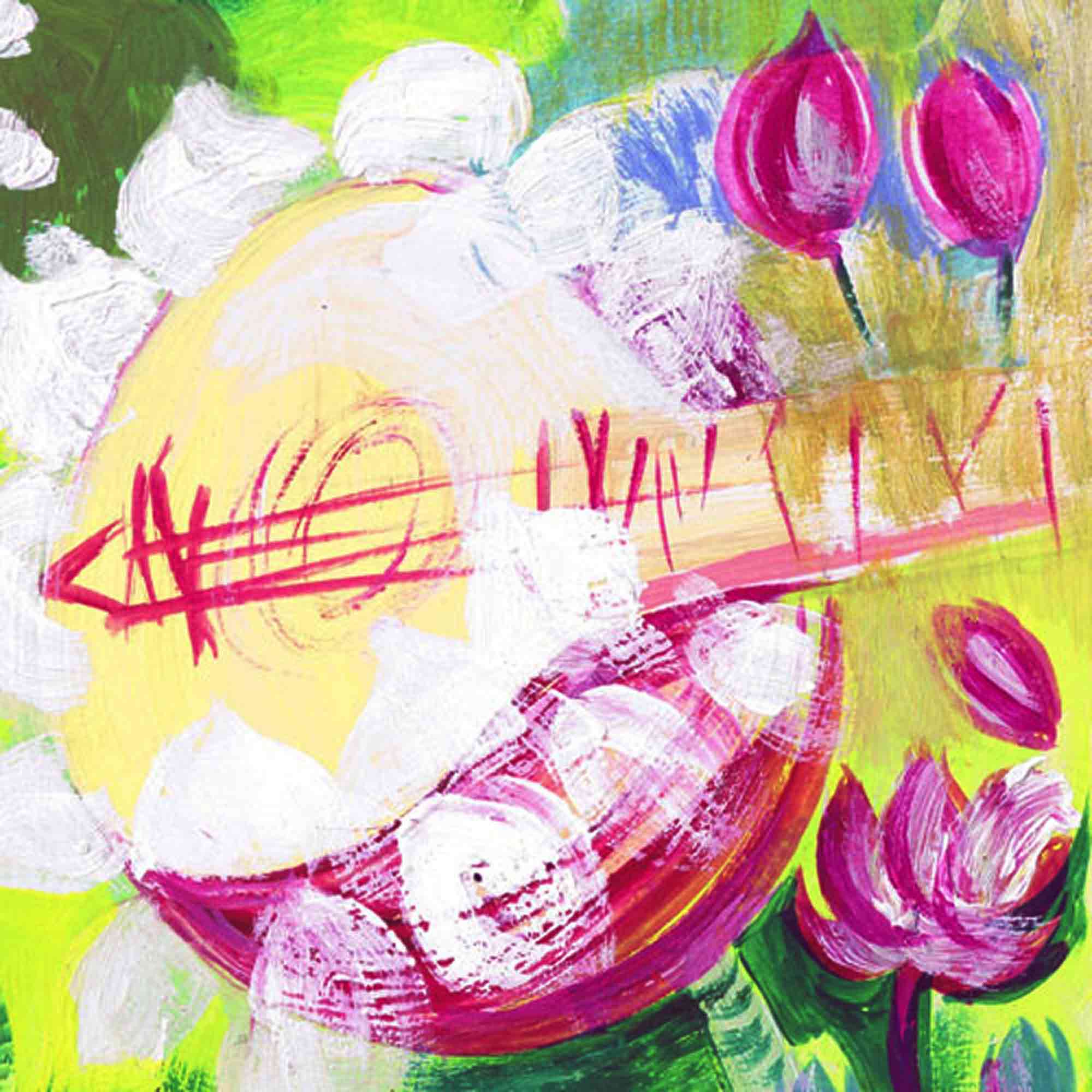A radio programme by Christoph Hahn with German introductions and explanations © 2000 Bayerischer Rundfunk
Excerpts from live programmes and report (click Download >View to listen/read)
Sruti Magazine (India’s premier music and dance magazine, PDF 560 KB):
Excerpt

Max Mueller Bhavan (German Cultural Institute) in Chennai organised a clutch of cultural programmes and a seminar during 28-30 November 2000 to mark the death centenary of Max Mueller, a great Indologist. Born in 1823, Mueller died when he was 77.
Mueller is remembered for stimulating widespread interest in Indology, mythology, philosophy, comparative religion, linguistics and social criticism. The special cultural relations between India and Germany are largely attributed to his works.
Mueller never visited India. But, had he come to India, he would likely have sought the company of musicians and scholars in the field of the performing arts, considering that he wanted to become a musician and belonged to a family that considered music and poetry a way of life. His first love was indeed music which he would have taken up as a profession but for the unfavourable climate for such a pursuit in his days.
The famous Indologist is best known all over the world for the publication of the Sacred Books of the East (51 volumes), amongst several other works. He was an ardent promoter of Indian independence and cultural self-assertion.
Max Mueller Bhavan, Chennai, entrusted Ludwig Pesch, a German who has spent years learning and studying Carnatic music, with the task of planning a befitting programme of tribute in Chennai in the wider context of a major German festival under way in India. Hundreds of German artists and scholars are presently touring India but Pesch was to help mount a celebration of a different kind- primarily with and for South Indian participants.

Ludwig Pesch felt that this presented him with an opportunity to highlight the manner in which Max Mueller would have wanted the manifestations and contributions of other civilizations to be recognised, and to explore cultural achievements connecting people from different periods and places. In the event, he sought and secured the cooperation of several renowned performers and scholars, and the students of Brhaddhvani, to be Max Mueller’s guides on ‘a cultural tour’ of South India.
The celebrations began with an invocation and ended with a Musical Journey, both presented by Brhaddhvani’s students.
The morning and afternoon sessions organised at the Max Mueller Bhavan consisted of lecture demonstrations by the artists of four public programmes held at the MMB and at the Bharatiya Vidya Bhavan auditorium.
There were also lectures and lecdems by several eminent scholars in accordance with their chosen fields of specialisation: Dr. K.V. Ramesh (Patronage in South Indian Performing Arts: Evidence from Epigraphical Records); Dr. Premeela Gurumurthy (Harikatha Kalakshepam: A popular multicultural art in the 19th and early 20th centuries); Nirmala Paniker with her daughter and disciple, Kapila (Mohini Attam: About the research conducted at Natanakairali); P. Nanda Kumar (Dance music in Kerala: edakka with mizhavu players of the Natanakairali ensemble); Dr. Prema Nandakumar (References to South Indian Performing arts in early literature); Dr. V.V. Srivatsa (Language in Indian Art); Vidya Shankar (Sanskrit and Music); Rajkumar Bharathi (Bharatiyar’s contribution to the South Indian music repertoire); T.R. Sundaresan with Pakala Ramdas (The beauty of Yati patterns); S. Rajam with disciples and T.R. Sundaresan (Max Mueller’s great musical contemporaries in different parts of South India: Parameswara Bhagavatar, Patnam Subramania Iyer, Ponniah Pillai, Vedanayakam Pillai, and Poochi Srinivasa Iyengar).
Considering that theatre was the original performing art which also comprised dance and music to varying degrees, the first day was entirely devoted to theatre and Harikatha. The second was devoted to dance, and the third to music to reflect the evolution of these arts in their own right.
G. Venu, Founder-Director, Natanakairali (Irinjalakuda) gave the opening lecture-demonstration titled ‘Koodiyattam, the Sanskrit theatre of Kerala: Research, training and presentation in the tradition of Guru Ammannur Madhava Chakyar’. The story of this small, but famous cultural centre is fascinating and unique in having quietly worked with minimum resources, but successfully so, for the revival of Kerala’s traditional performance traditions over a period of 25 years, this being the silver jubilee.
Source: HOMAGE TO MAX MUELLER IN CHENNAI: PRESENTATIONS OF MUSIC, DANCE & DRAMA
Sruti, India’s premier music and dance magazine – Issue 197, February 2001
https://www.sruti.com/febmar01/febn&n2.html17.10.2001
Learn more: Max Mueller (Wikipedia) >>








